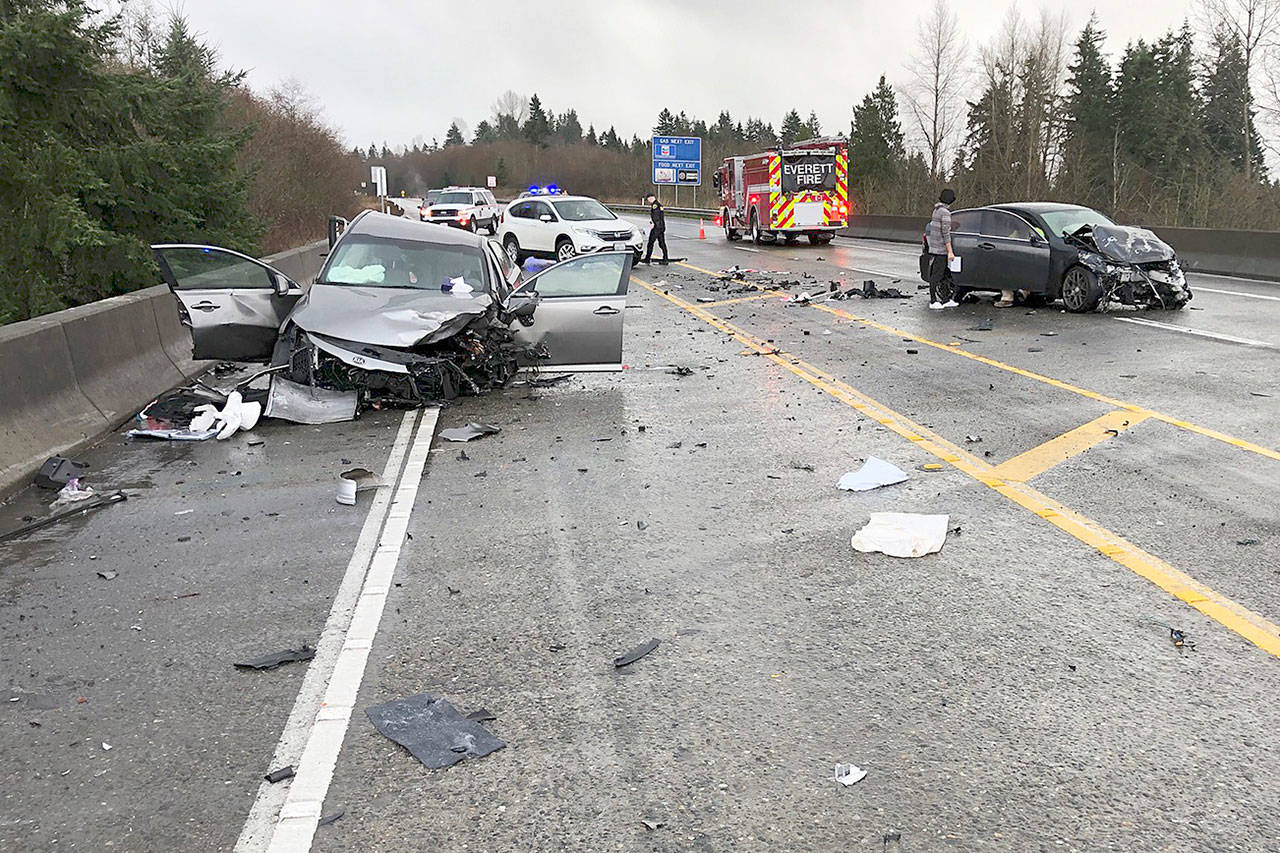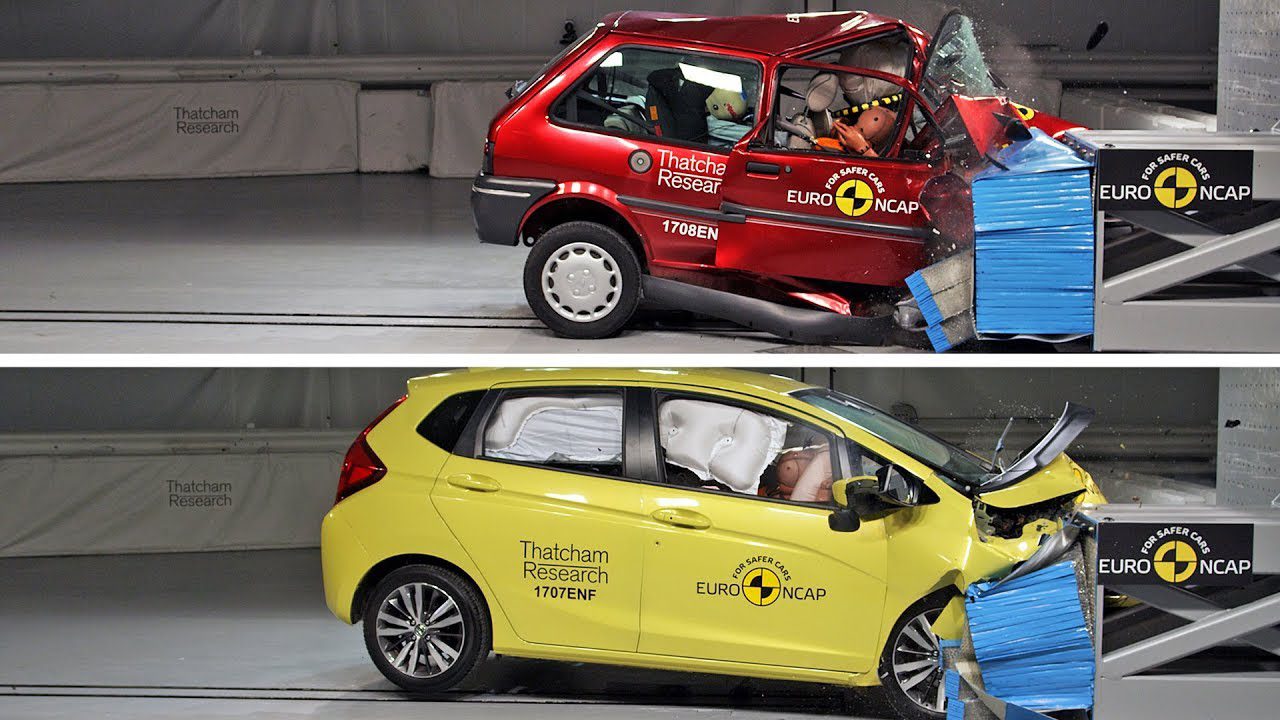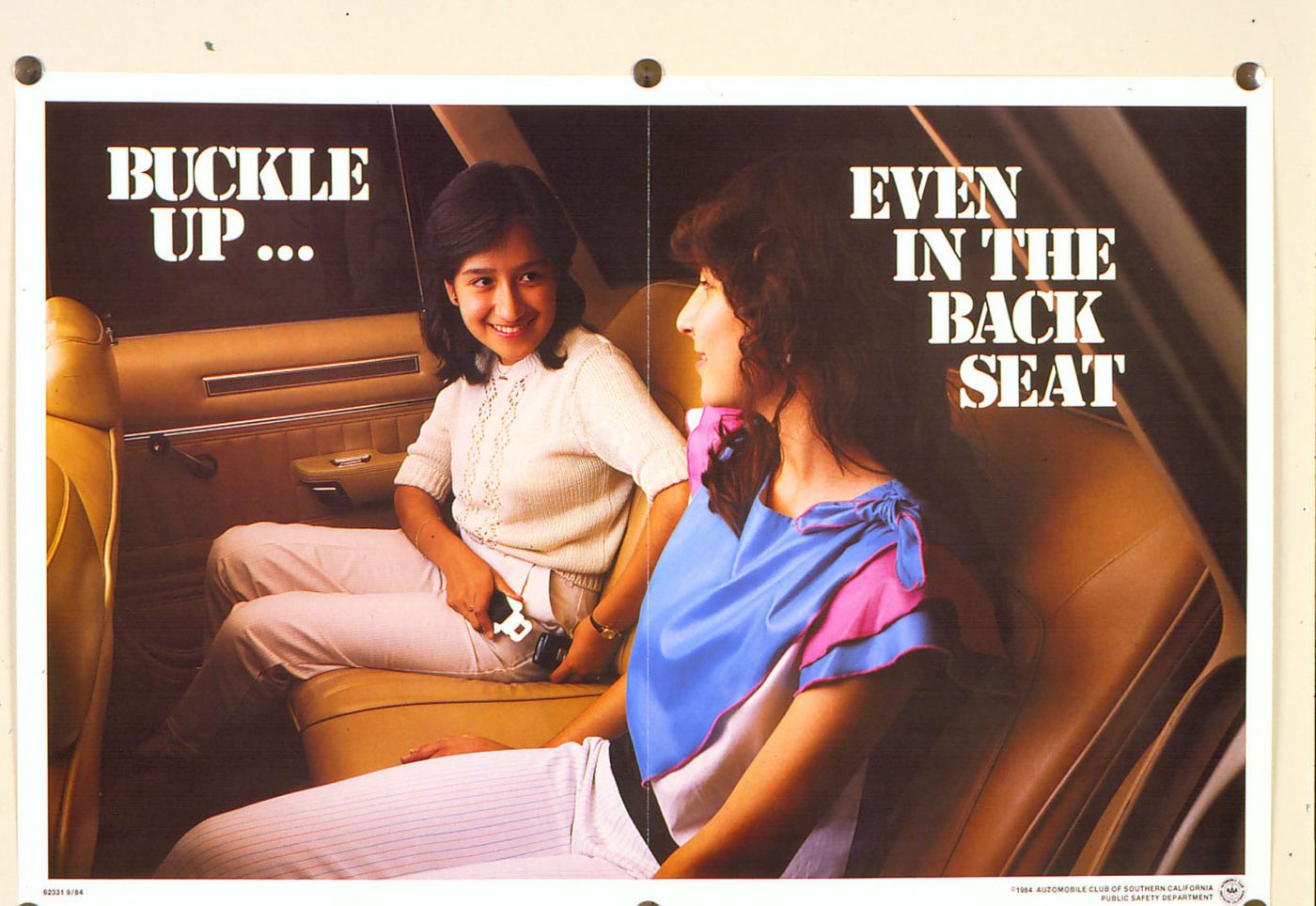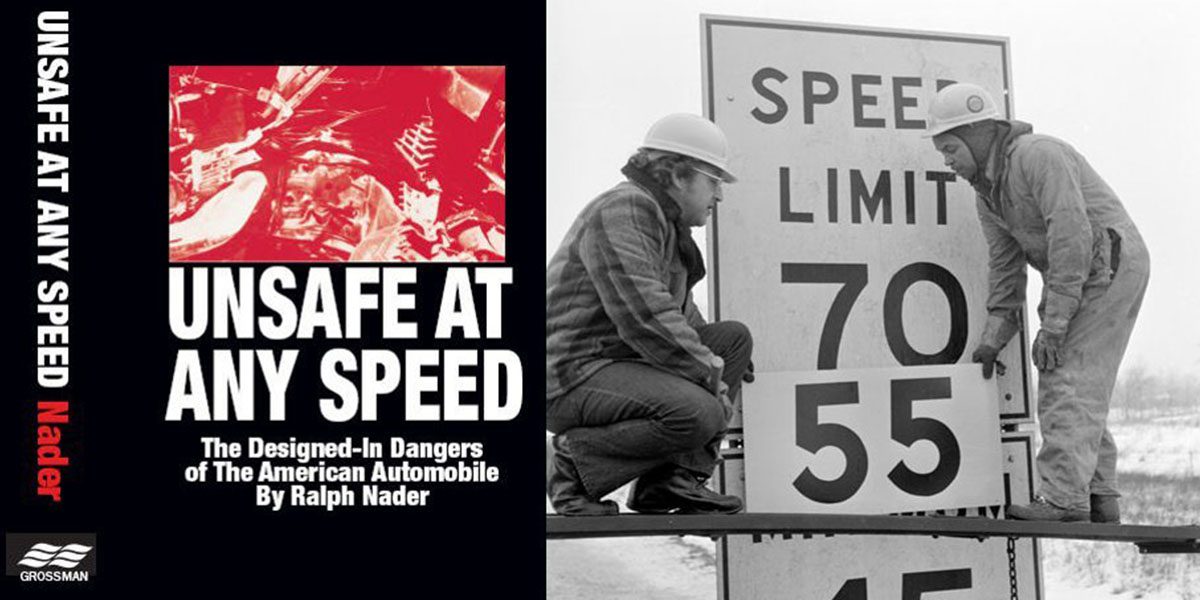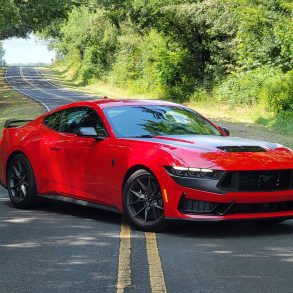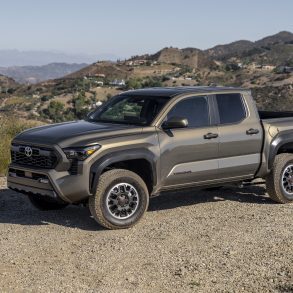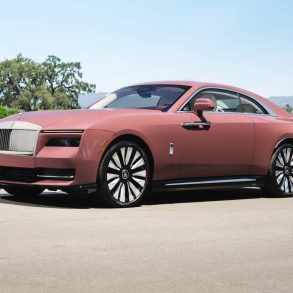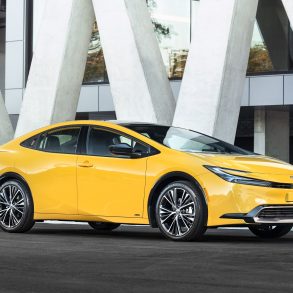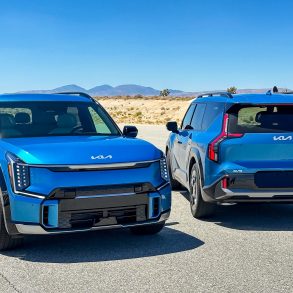During 2020 and now in 2021, the crisis due to the coronavirus pandemic has affected all areas. Primarily modifying our lifestyle and forcing all of us to endure confinement.
One would think that now that we all go out less in our cars, the volume of traffic accidents would decrease, however, it has been the opposite.
The Facts
According to the World Health Organization, approximately 1.3 million people die each year because of road traffic crashes. Road traffic injuries remain the leading cause of death for children and young adults aged 5-29 years. An additional 20-50 million suffer non-fatal injuries, often resulting in long-term disabilities.
In the United States, the National Highway Traffic Safety Administration (NHTSA) estimates that 28,190 people died in motor vehicle traffic crashes from June to September of 2020. If we compare the same period from 2019, there’s an increase of 4.6%. Also, according to NHTSA’s Q1 2021 Fatality Estimates, there were 8,730 deaths in motor vehicle accidents in the first three months of 2021.
These figures represent a 10.5% increase from the 7,900 fatalities they projected for the first quarter of 2020. The NHTSA will publish the final statistics for all of 2020 until late 2021.
Why are car accidents on the rise?
In a statement by Jonathan Adkins, the executive director of the Governors Highway Safety Association, said, “We think the big culprit is speeding.” Early in the COVID-19 pandemic, drivers found open roads and drove faster. The behavior continued even as traffic volumes recovered, Adkins said.
“Preliminary data tells us that during the national health emergency, fewer Americans drove, but those who did took more risks and had more fatal crashes,” the safety agency said in a letter addressed to the nation’s drivers.
“A big factor here is the lack of enforcement. We hear from many states that traffic stops have declined during COVID-19. As a result, drivers feel like they can speed and get away with it,” he said.
Are Cars Getting Safer?
Beyond the rise in motor vehicle traffic accidents since the pandemic, many drivers wonder if at least cars are getting safer. Some people still insist that older cars are safer than modern vehicles. The fact that the auto industry of yesteryear relied on steel to make car bodies makes many people think that old cars were sturdier and therefore safer.
However, this idea could not be further from reality. Technological advances in the automotive industry have led to enhancements in automotive safety. Today, car occupants travel increasingly protected from potential injury or death belying popular thinking. A study carried out by the NHTSA reveals how vehicle age and model year relate to driver injury.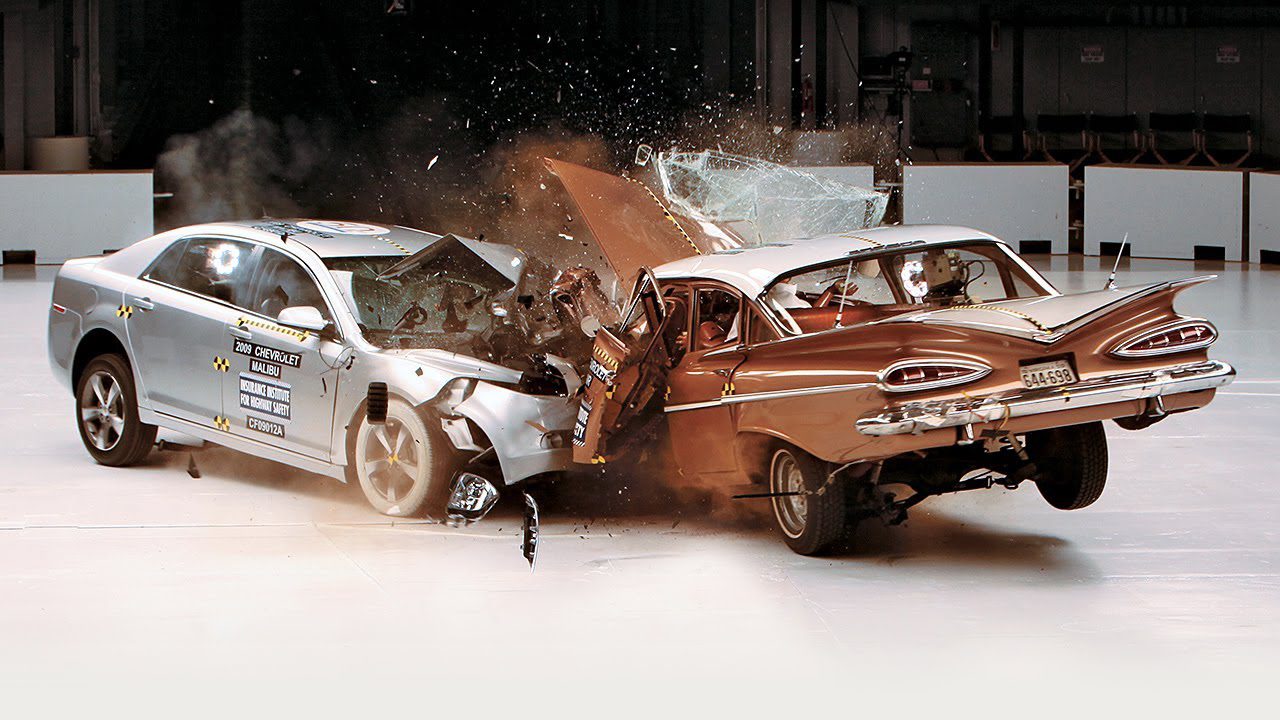
Modern vehicles include very sophisticated driving aid systems that prevent accidents caused mainly by human error. Some of these technologies include emergency braking assistants and lane departure alerts, among many others.
But regardless of the new technologies included in today’s cars, modern vehicles present a revised work at a structural level. These enhancements allow cars to absorb impacts and disperse kinetic energy, preventing it from entering the cabin and causing injury to their occupants.
Based on NHTSA’s Fatality Analysis Reporting System (FARS) from 2012 to 2016, it is possible to observe the relationship between the vehicles’ age and the severity of fatal injuries to passengers. Going from 27 percent for automobiles categorized within the 0-3 age group to 50 percent for the automobile age group of 18 years and above. Driver fatalities over 70% worse in early 1990s models
Now you can confidently dismiss the belief that older cars were more resistant to an accident with these facts. Furthermore, the consequences for its occupants are much worse than with modern vehicles. The reason is that new cars are designed to fall apart to protect their occupants.
Accordingly, the NHTSA recommends that drivers take the safety that a car provides into account to reduce the likelihood of accidents with fatal consequences when choosing a car.
Safety Enhancements In Modern Cars
Most modern cars have advanced safety systems that can save the lives of their occupants in the event of a collision. However, everything has a limit. The operation of each active and passive safety system is subject to a series of physical laws that cannot change entirely. These features manage to play with those laws to take them to their limit. Still, sometimes they are not enough to make a real difference in saving lives or protecting us from serious injury.
For instance, when a person is traveling at high speed inside a car and crashes, that person’s body will continue to move at the car’s speed until there is something to stop it. Either an airbag, seat belt, or, in the worst-case scenario, the windshield or some object that is not appropriate to carry out this task.
Electronic stability and traction systems can help the driver to maintain control of the car in adverse situations. These measure speed, angle of turn, and acceleration to calculate the path the driver wants to follow. Then, make sure that this is the case and apply the brakes independently to maintain the desired course.
It has happened to most of us when we encounter an accident while driving or even in newspapers or television. We wonder how it is possible that a modern car, which is considered safe, could end up in the conditions we generally see. This question has a clear and concise answer. No matter how hard engineers try to deliver more stable and resistant structures, everything has a limit.
Crash tests at different speeds by automotive safety agencies worldwide such as Euro NCAP, Latin NCAP, and IIHS include frontal impact, with a 40% overlap, at 40 mph. For its part, the NHTSA tests with 100% overlap; that is, they hit the car squarely against a concrete wall at a speed of 35 mph (56 kph). A vehicle with a 5-star rating should be safe at those speeds, but sometimes accidents in everyday life do not happen in the same way.
In crash tests, scientists try to replicate most accurately the possible conditions of an accident. Still, on the roads we drive on, surrounded by utility poles, trees, sidewalks, and other people, there are variables that we must consider. And if we triple those speeds to exceed 100 mph (160kph), the chances of a fatal accident grow considerably.
A car that crashes into a utility pole at 50 mph (80 kph) will likely be able to withstand the impact and protect the occupants. However, the same pole, being hit at 100 mph (160 kph), becomes a hot knife slicing through butter and can more easily injure the occupants and even split the car in two.
Finally, we can mention that one of the most valuable safety systems, which is found in practically all cars today, is the three-point seat belt. Let’s picture this device as the foundation on which other systems, such as airbags, are built. The reality is not wearing seat belts during a crash practically nullifies the operation of all the other devices that a car may have. That is why there is so much emphasis on the importance of always wearing a seat belt.
Seat Belts
In the 1960s, the United States government began pushing for a change in its policies to make cars safer through new technologies. The first state in the US to make seatbelts mandatory was Wisconsin in 1961. However, virtually no cars came from the factory with seatbelts, so owners had to install them. By 1963 all cars had anchors on the floor to facilitate the installation of seat belts. By 1968, three-point seatbelts became mandatory in all new United States vehicles.
Airbags
In 1952, the first patent for an airbag appeared, registered by the American engineer John Hetrick who came up with the sketch after being in a car accident with his family. He sent letters to all the brands, which never answered. However, that same decade General Motors, Ford, and Daimler began their investigations on the airbag.
It wasn’t until 1971 that Ford decided to equip a small fleet of its Mercury and Lincoln brands with airbags. These were the first cars with this new safety feature. However, the first commercial model with an airbag was the 1973 Oldsmobile Toronado, which used XXL-sized bags filled in front of the head and torso and protected the knees.
The Need For Safety Legislation
Along with the benefits of developing cars for personal mobility, new risks also emerged. Human error is often present in most car accidents. However, it is not the only cause. The machines we create can break down. Sometimes it is the environment that can cause a traffic accident. Factors such as weather, road conditions, or lack of road signs can also lead to accidents.
Since the advent of the automobile in the twentieth century, the number of injuries and deaths related to traffic accidents has increased dramatically. This situation concerned many governments and forced them to modify their automotive legislation to protect drivers on the streets and highways.
For both drivers and governments, it became a priority to continue taking advantage of the personal mobility that cars meant, but at the same time, reduce or minimize the fatal consequences of traffic accidents. As a result, they focused on controlling driver behavior, improving car designs, or improving the environments where we drive our cars. Very soon, they began to see the effects of automobile safety regulations.
Automotive Safety Crusaders
In the late 1950s, a reporter named Kenneth A. Roberts, already known nationally for promoting consumer safety, chaired a subcommittee to investigate auto safety issues. Roberts’ investigations and demands for better car safety were a significant contribution to driving changes in the legislation.
In 1966, an activist and lawyer named Ralph Nadar helped awaken a new awareness of the need to improve automobile safety in American society. Through his appearance before the Senate and his book Unsafe at Any Speed: The Dangers Designed in the American Automobile, he succeeded in getting Congress to pass the National Traffic Safety and Motor Vehicle Act. This was a milestone in US auto safety legislation that made it mandatory in 1968 for all new cars to include lap and shoulder seat belts and other enhancements to safeguard drivers’ lives.
With all the above, we can all agree that driving safety is paramount. Unfortunately, an auto accident causing death is not a simple event, least of all for the families affected. What happens after someone dies in a car accident is often a nightmare for those involved, primarily if they are held accountable for some degree of responsibility.

